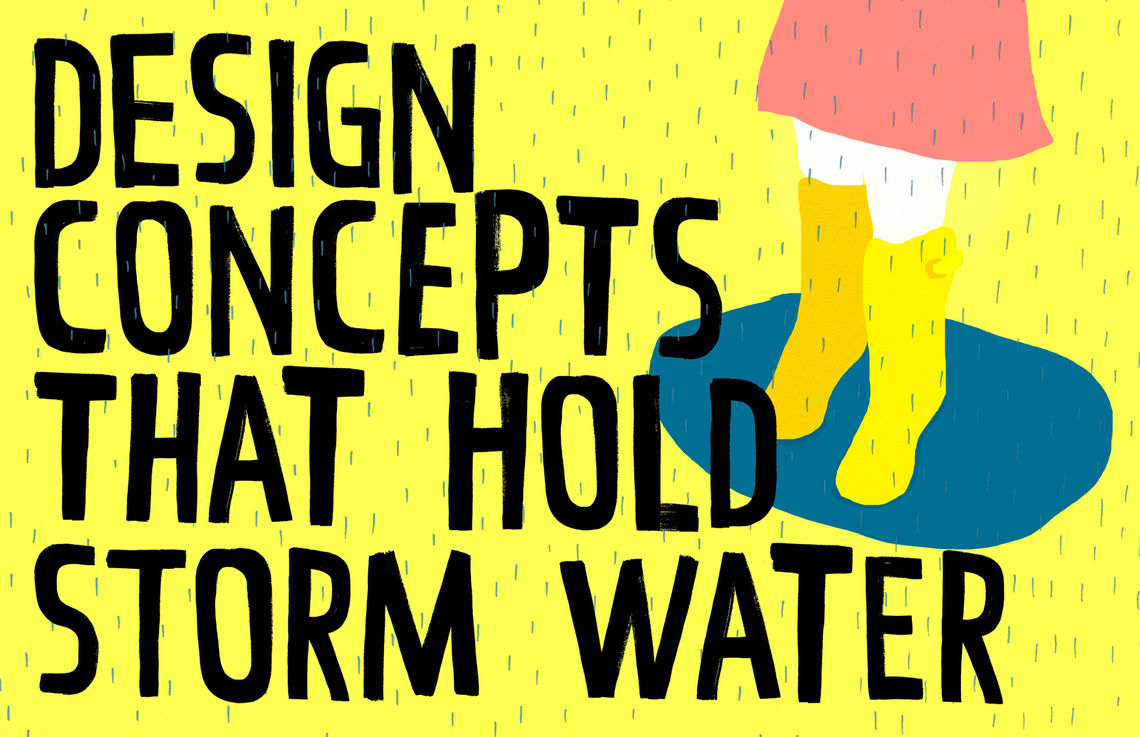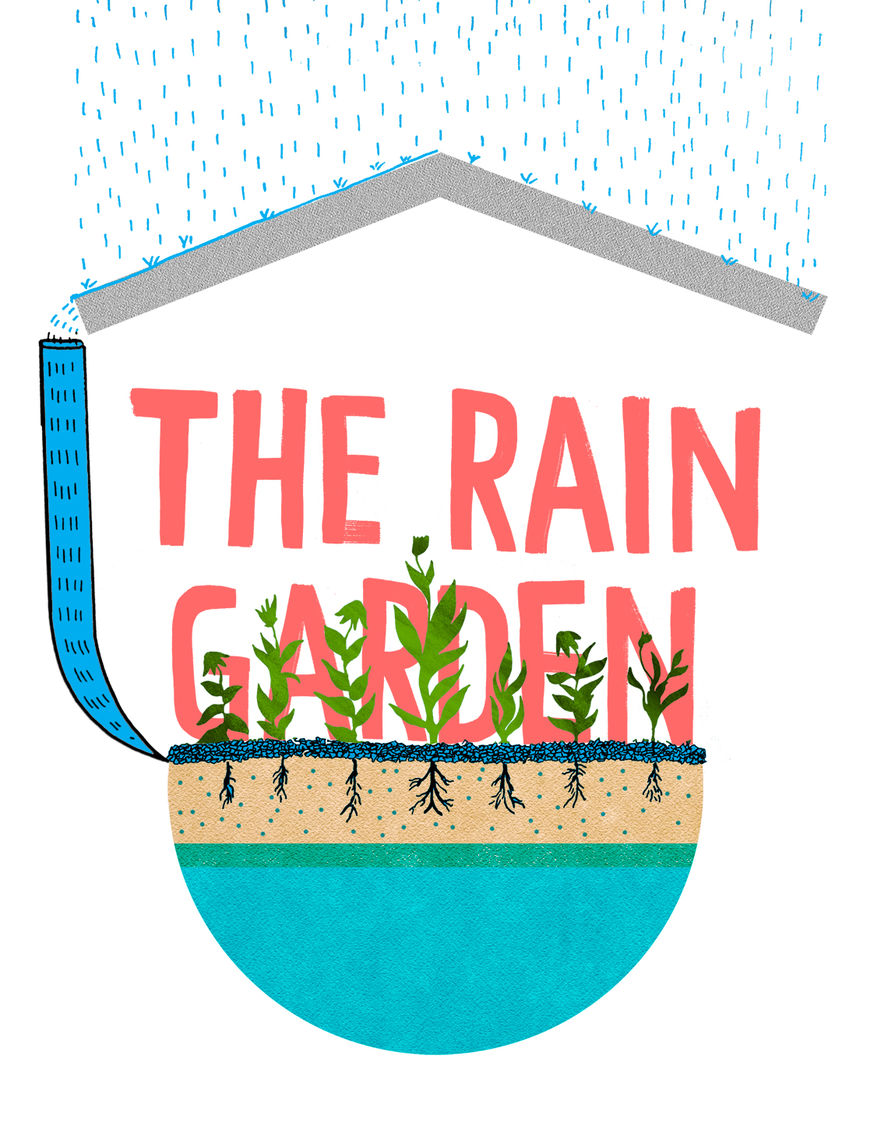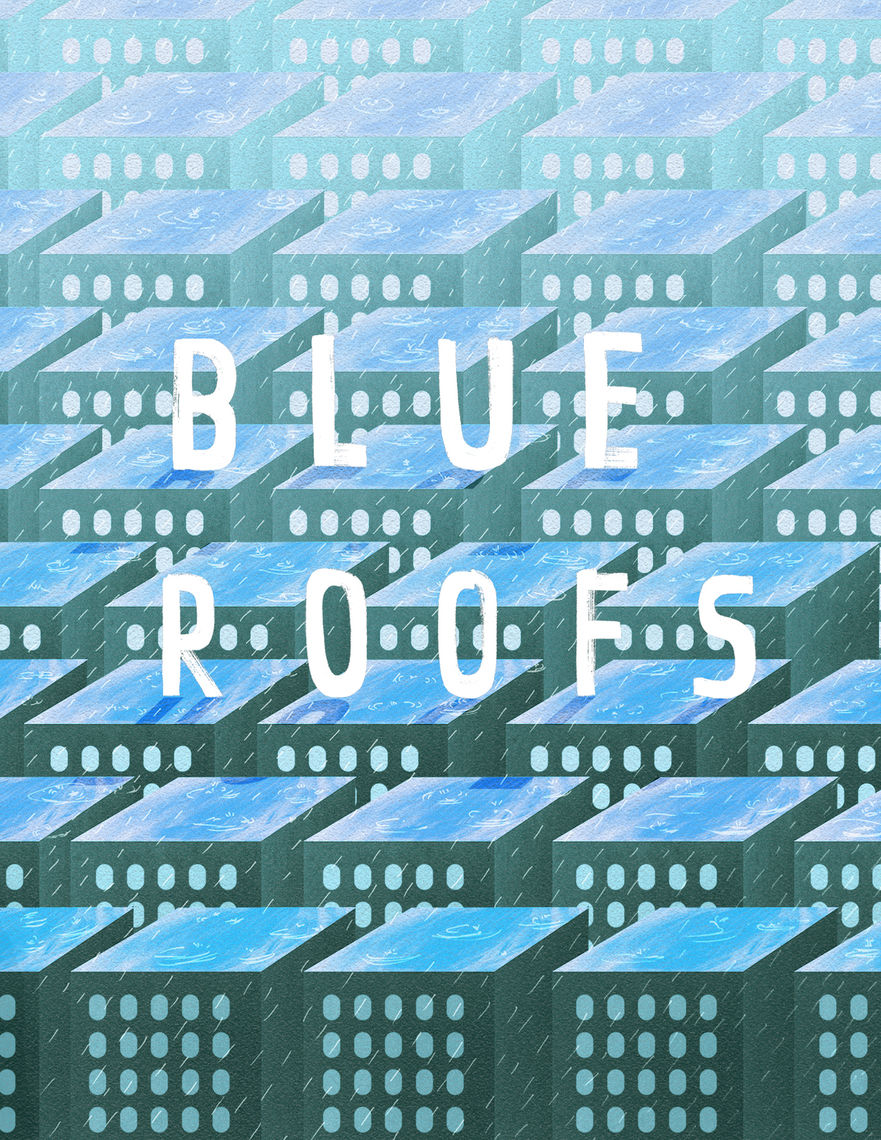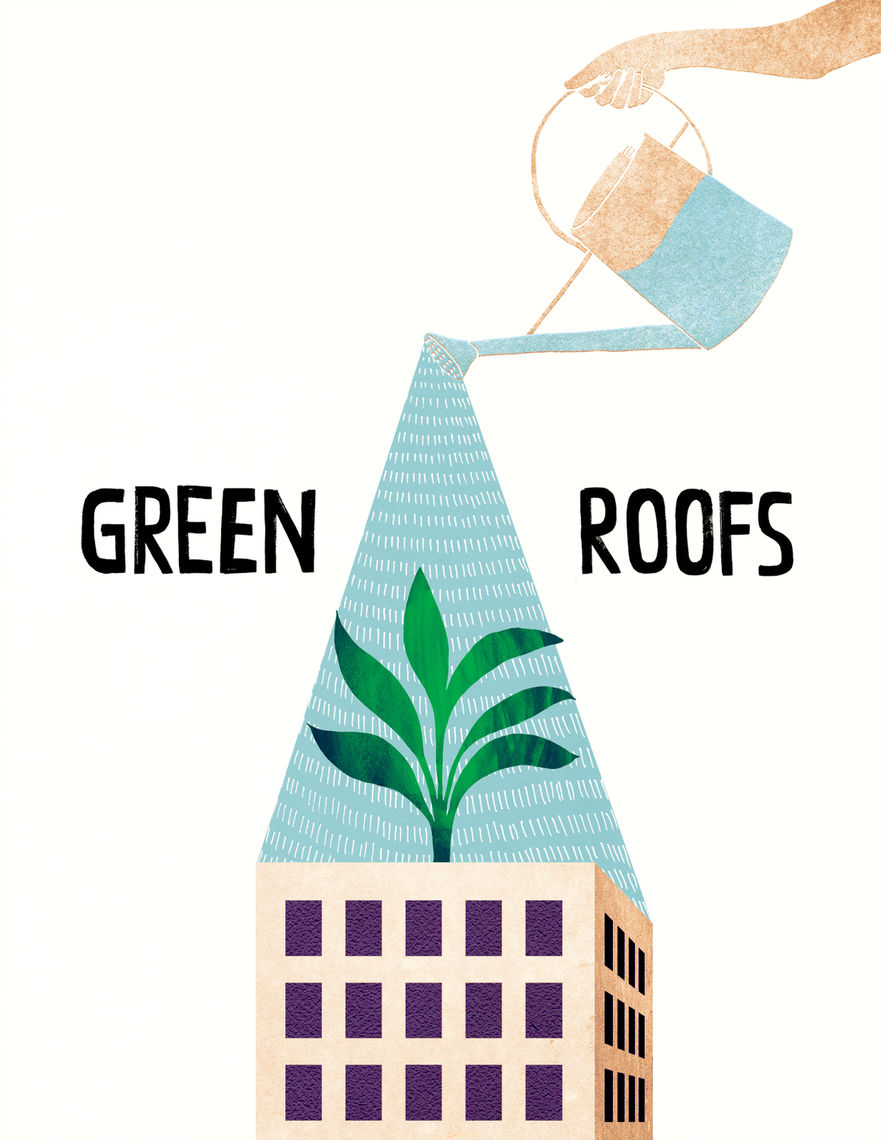The challenge of improving aging infrastructure
while enhancing water quality brings us to the next frontier in stormwater management and civil engineering design.
As many former industrial sites, institutions, or public and private facilities look to improve their sites for employees, visitors, and the surrounding communities, designers need to find new ways to incorporate stormwater design seamlessly into the planning of the site and public spaces.
For many years, stormwater design consisted of routing stormwater through pipes and getting it off the surface, or to grass basins with large footprints, unusable open spaces with no function other than to manage the largest storms. Today’s stormwater design is all about using a combination of green stormwater infrastructure and non-structural best management practices (BMPs) to manage runoff in lieu of more costly underground or structural solutions.
Where Does the Rain Go 2

Solving stormwater problems in municipalities across the country, and in particular older cities with combined stormwater and sanitary sewers, requires a new way of thinking.
The green stormwater infrastructure toolbox may include rain gardens, vegetated and planted swales, planter beds, planted medians or bump-outs along streets, or tree boxes, all of which create a more aesthetically pleasing and welcoming environment for the public. The use of infiltration beds within raingardens or as underground systems, and pervious pavers or pavements for parking lots, roads, and paths encourage groundwater recharge and reduce runoff to the downstream waterbodies. Green and blue roofs, which mitigate peak flows of stormwater from sites, are additional measures for managing stormwater.
Our approach to every project is to remember that each site is unique and brings its own constraints, challenges, and opportunities. This often requires a multi-pronged design approach, as well as creatively finding economical and aesthetically pleasing solutions.
Where Does the Rain Go 3

A Rain Garden is a constructed shallow depression where stormwater is allowed to collect and soak into the ground. The area contains a select mixture of soils containing compost, sand, and gravel mixed with topsoil in order to soak up a significant volume of runoff. The garden is lushly planted with native species to allow the long roots of the plants to take up water (evapotranspiration). Typically, rain gardens are planted with herbaceous perennials, woody shrubs, and small trees.
Rain gardens decrease the rate and volume of stormwater runoff, filter chemicals, and aid in recharging groundwater tables.
Benefits
- Rain gardens are considered a stormwater Best Management Practice because they decrease the rate and volume of stormwater runoff, filter out chemicals and nutrients, and allow for infiltration to recharge groundwater tables.
- The creation of rain gardens provide new habitats for living creatures.
- Rain gardens can help beautify sites because they often utilize attractive, flowering plant species.
Design Considerations
- The size and land cover of the area being collected.
- Availability of downstream stormwater conveyances.
- Characterization of the existing soils, and limiting depths of soils due to groundwater and/or bedrock.
- Need to understand local native species to get the most benefit from the rain garden.
- Potential costs related to maintenance.
Where Does the Rain Go 4

Blue Roofs utilize controlled-flow roof drains to temporarily store and gradually drain rainwater off a building’s rooftop. Detaining the rainwater helps to slow the rate of release into the sewer system and also helps reduce runoff during peak rainstorms so that more combined sewer flows can be treated at wastewater treatment plants and risks of street and driveway flooding and sewer back-ups in basements are lowered.
Controlled-flow roof drains temporarily store and gradually drain rainwater off a building’s roof.
Benefits
- Requires no additional land area. Therefore, it’s a viable solution in high-density urban areas where land is limited.
- Easy to install and maintain.
- Utilizes a secondary membrane, or other waterproofing roofing system, which can help extend a roof’s life.
- Low-cost alternative for managing stormwater.
Design Considerations
- Water depth on the rooftop should not exceed two-to-four inches and should not be stored for longer than 24 hours.
- The roof will need multiple outlets and unrestricted overflows. Scuppers (wall outlets) should be placed in the parapet.
- Requires a minimum of two drains in roof areas of 10,000 square feet or less; and a minimum of four drains in roof areas larger than 10,000 square feet.
- May require additional structural support depending on a few variables.
Reference
http://www.nyc.gov/html/dep/pdf/rooftop_detention.pdf
Where Does the Rain Go 5

Green roofs are defined as a living system that is an extension of a roof. This green space can be below, at, or above grade involving systems where plants are not planted in the ‘ground’. A greenroof system contains a high-quality waterproofing membrane and root barrier system, drainage system, filter fabric, a lightweight growing medium, and plants. Green roofs are capable of absorbing and retaining large amounts of stormwater. In addition, they provide sustainability benefits, such as absorbing air and noise pollution, rooftop cooling by reducing UV radiation absorption, creating living environments for birds, and increasing the quality-of-life for residents.
Green roofs are capable of absorbing and retaining large amounts of stormwater, in addition to providing many other sustainability benefits.
Benefits
- Water is retained and then may return to the atmosphere through transpiration and evaporation.
- Green roofs can retain 70-90% of the precipitation that falls on them; in winter they may be able to retain between 25-40%.
- Green roofs not only retain stormwater, but also naturally filter any of the water that happens to run off.
- Green roofs reduce and delay stormwater runoff stress, alleviating the stress on sewer systems during peak flow periods.
Design Considerations
- Green roofs can be designed onto new facilities or added to an existing roof structure.
- Green roof systems can be modular layered systems already prepared in trays, including drainage layers, growing media and plants, or, each component of the system can be installed separately on top of the structure.
- Generally, green roofs cost more than conventional roofs.
- Green roofs require greater structural support than conventional roofs.
- A green roof’s low-growing plantings are conducive to minimal access or foot traffic.